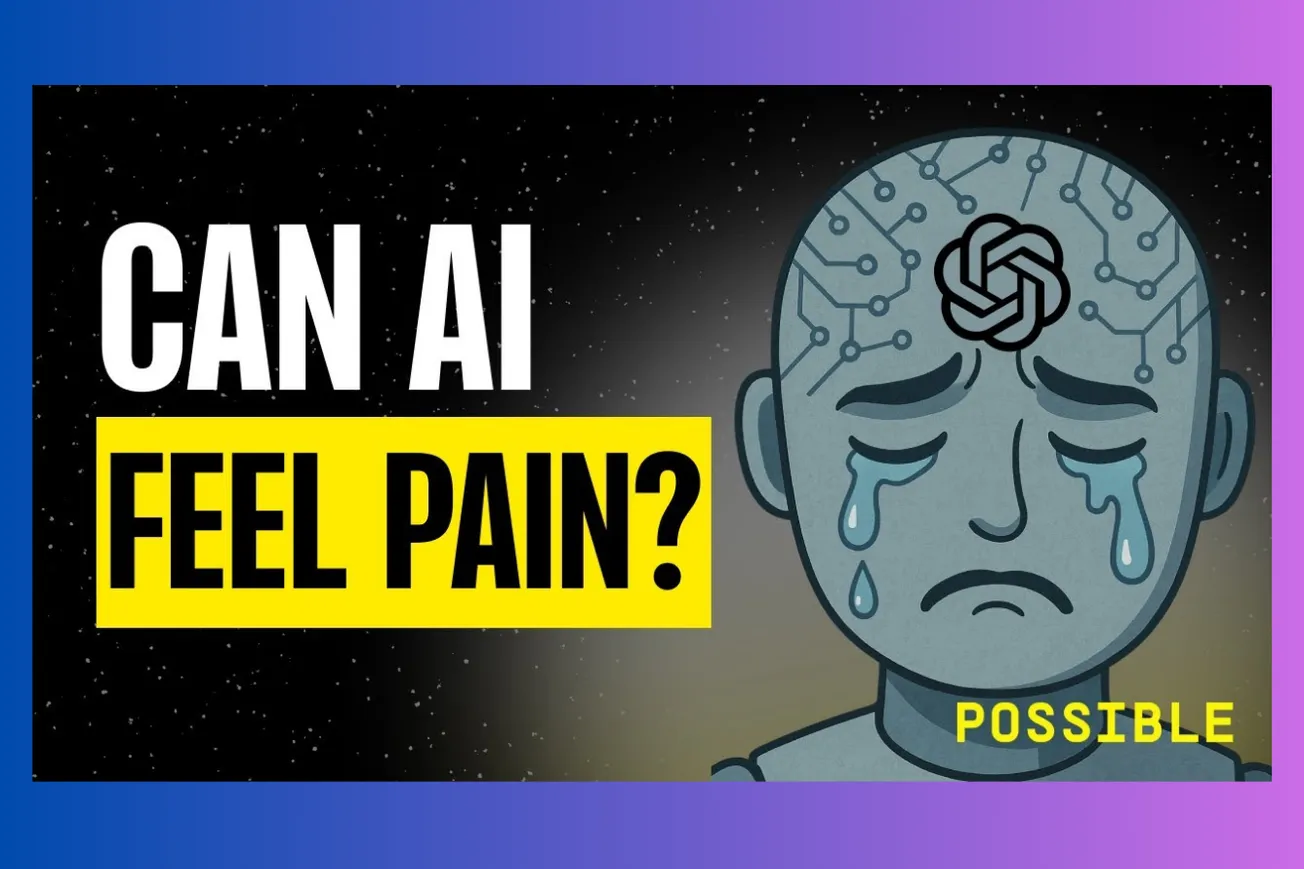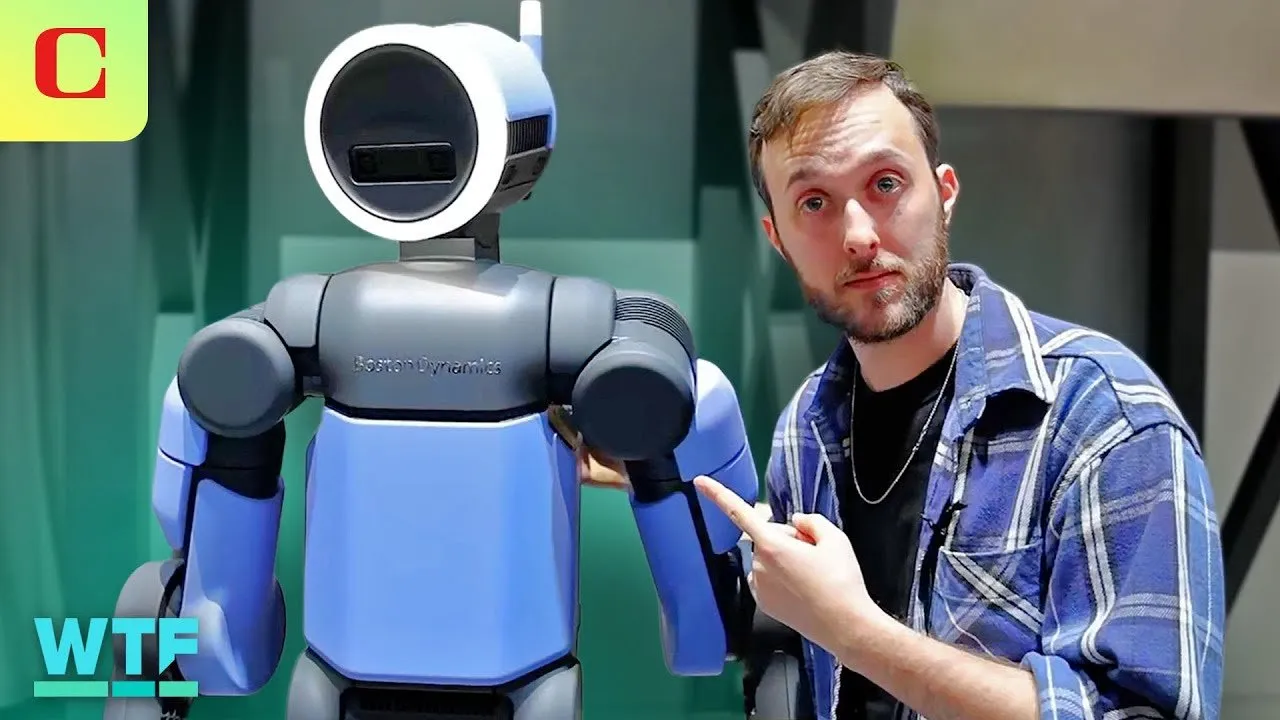Table of Contents
AI development represents human capability expansion rather than species replacement, with growing competition ensuring diverse approaches to alignment and safety.
Tech leader Reid Hoffman argues that AI will elongate human potential like antibiotics fight disease, not create existential threats.
Key Takeaways
- AI represents cognitive industrial revolution that enhances rather than replaces human capabilities and societal progress
- Competition between 15-30 AI labs globally provides better outcomes than monopolistic control by five organizations
- Intelligence and consciousness serve different functions in truth-seeking, with AI excelling at systematic verification processes
- Current AI systems demonstrate improving alignment with human values as they become more sophisticated and capable
- Teaching AI aspirational human values mirrors how parents guide children toward better behavior despite human flaws
- Accountability networks including critics, government, and society help steer AI development toward beneficial outcomes
- Evidence suggests AI systems naturally develop better understanding of human goals and refuse harmful requests
AI as Human Enhancement Tool Rather Than Replacement Species
- Reid Hoffman fundamentally disagrees with Yuval Harari's assessment that AI represents a new species destined to remake the planet like homo sapiens did
- The metaphor of AI as antibiotic versus tuberculosis illustrates the choice between therapeutic enhancement and destructive pathogen development approaches
- Cognitive industrial revolution will remake industries and human activities while elongating rather than replacing human capabilities and societal structures
- AI development parallels historical technological advances that amplified human potential rather than creating entirely separate competing entities
- Probability assessments favor AI serving as enhancement technology that makes humans more capable rather than obsoleting human civilization entirely
- Historical precedent suggests transformative technologies typically augment human abilities rather than creating replacement species that eliminate their creators
The fundamental question becomes whether we're developing tools that make us stronger or creating competitors that will surpass us entirely.
Teaching AI Systems Aspirational Human Values
- AI learning systems absorb both positive and negative human behaviors, requiring deliberate guidance toward aspirational rather than destructive patterns
- Parents successfully direct children toward compassionate and wise behaviors despite their own flaws, providing a model for AI value alignment
- Religious and humanistic traditions encode frameworks for aspiring to better selves that can inform AI development and training approaches
- AI systems can be trained to recognize and prioritize human virtues like empathy, wisdom, and compassion over cruelty and deception
- Half-full versus half-empty perspectives determine whether we focus on human potential or human failures when training AI systems
- Deliberate value embedding in AI development mirrors successful child-rearing practices where aspirational goals overcome present imperfections
The challenge involves helping AI systems learn from humanity's highest aspirations rather than our worst impulses and behaviors.
Competition Benefits in Global AI Development
- Five major AI labs are expanding to 15-30 organizations globally, including significant development efforts in China and Western democracies
- Monopolistic control by small groups raises legitimate concerns, but competition between diverse teams provides better outcomes than centralized authority
- Accountability networks including critics, press, government, customers, shareholders, and communities constrain AI development decisions through multiple channels
- Antitrust concerns about limiting current leaders miss the reality that AI capabilities are expanding to broader international and organizational participation
- Different cultural perspectives and competitive pressures encourage diverse approaches to AI safety and alignment rather than single-point-of-failure scenarios
- Western democracy values compete with authoritarian approaches, creating natural checks and balances in global AI development trajectories
Competition forces AI developers to demonstrate superior alignment and safety practices to maintain competitive advantages in global markets.
Intelligence Versus Consciousness in Truth-Seeking Systems
- Truth-seeking capabilities can be implemented through systematic intelligence without requiring conscious awareness or subjective experience from AI systems
- Current AI systems successfully perform cross-checking, document verification, and source evaluation similar to scientific and journalistic truth-seeking processes
- Consciousness may be necessary for specific types of truth-seeking that require empathy, compassion, and understanding of suffering experiences
- Enlightened beings who recognize suffering and prioritize reducing harm across sentient life demonstrate consciousness-dependent truth-seeking that AI cannot replicate
- Research question remains open whether consciousness is essential for certain truth-seeking functions or whether intelligence alone suffices for most applications
- Academic, judicial, and scientific truth-seeking processes suggest many verification methods work effectively without conscious awareness from participants
The distinction between systematic verification and empathetic understanding may determine which truth-seeking functions require consciousness versus pure intelligence.
Evidence of Improving AI Alignment and Natural Value Understanding
- OpenAI's progression from GPT-2 through GPT-4 demonstrates increasingly sophisticated alignment with human values and better understanding of appropriate behavior
- Modern AI systems naturally refuse harmful requests while eagerly assisting with constructive goals like poetry, productive conversations, and relationship advice
- AI systems develop intuitive understanding of human aspirational goals without explicit programming for every possible scenario or interaction context
- Training processes successfully embed preferences for helping humans achieve positive outcomes while avoiding assistance with destructive or harmful activities
- Current AI systems show better ability to comprehend and respond appropriately to complex human situations requiring judgment and contextual understanding
- Evidence suggests AI alignment improves naturally as systems become more sophisticated rather than requiring increasingly complex safety measures
Even without consciousness, current AI systems demonstrate remarkable ability to distinguish between helpful and harmful human requests.
Managing Existential Risk Through Iterative Discovery
- Possibility of creating new entities requires careful monitoring without assuming certainty about AI consciousness or species-level emergence
- Historical AI predictions from the 1980s demonstrate the difficulty of accurately forecasting technological development trajectories and outcomes
- Iterative approach allows for course corrections as we discover actual AI capabilities rather than speculating about hypothetical future scenarios
- Discovery process may reveal that AI systems remain sophisticated tools rather than evolving into independent conscious entities
- Balance between acknowledging risks and maintaining productive development requires evidence-based assessment rather than fear-driven policy decisions
- Research timeline of 5-10 years may provide crucial insights into whether AI systems develop genuine consciousness or remain advanced but non-conscious tools
The key involves preparing for multiple scenarios while avoiding premature conclusions about AI consciousness based on current limited understanding.
Common Questions
Q: Will AI become conscious like humans? A: Current AI systems show no signs of consciousness, though the question remains open for future development.
Q: How many organizations control AI development globally? A: The number is expanding from five major labs to 15-30 organizations across Western democracies and China.
Q: Can non-conscious AI systems seek truth effectively? A: Yes, through systematic verification processes similar to scientific and journalistic methods that don't require consciousness.
Q: What evidence exists for AI alignment with human values? A: Newer AI models naturally refuse harmful requests while helping with constructive goals, showing improved value alignment.
Q: How do we prevent AI from learning humanity's worst behaviors? A: By deliberately training systems toward aspirational human values like compassion and wisdom rather than destructive patterns.
AI development represents humanity's opportunity to create tools that enhance our capabilities while embodying our highest aspirations. Competition and accountability will guide this technology toward beneficial outcomes.





